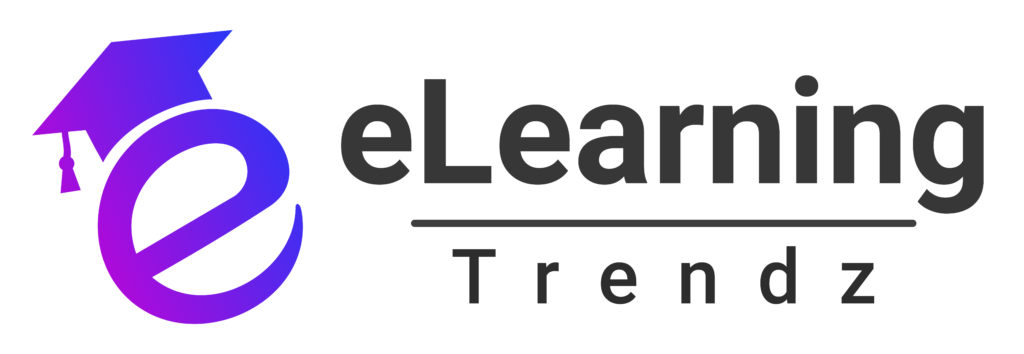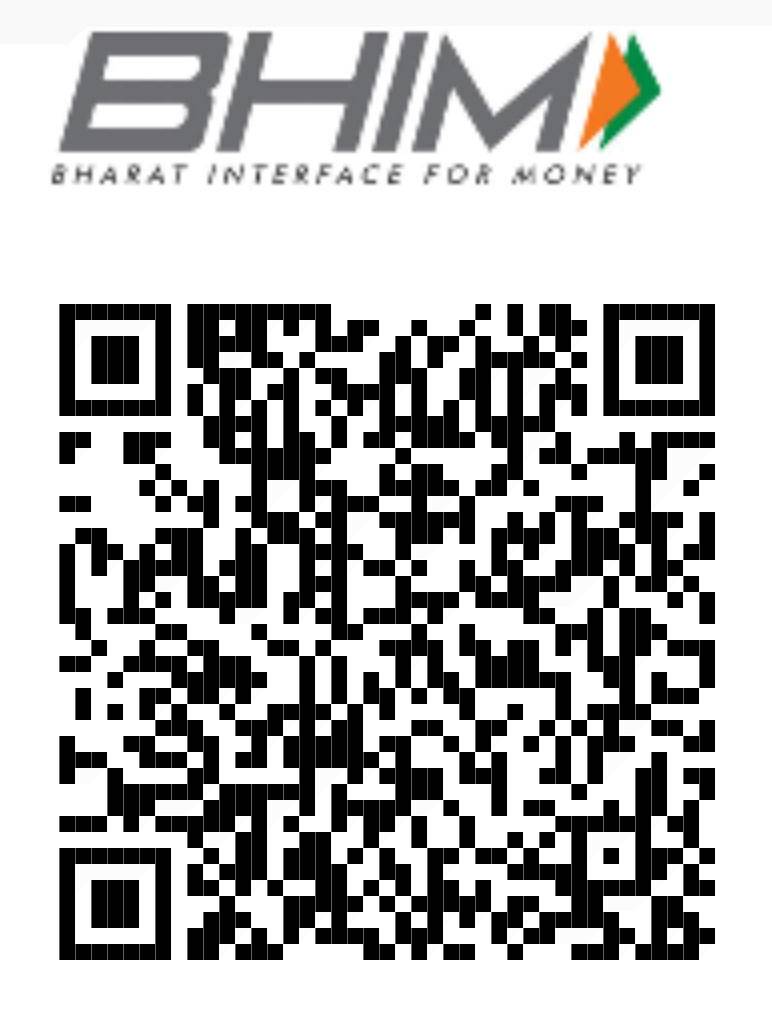In today’s fast-paced digital landscape, mobile learning has become a cornerstone of modern education and corporate training. With the proliferation of smartphones and tablets, learners expect flexible, accessible, and engaging content that fits seamlessly into their daily routines. Two dominant formats have emerged to meet these demands: app-based learning and responsive web training. Both have unique strengths and challenges, and choosing the right format depends on your organization’s goals, audience, and technical infrastructure.
Understanding the Basics
- App-Based Learning: This format involves dedicated mobile applications designed specifically for learning purposes. Users download these apps from app stores (like Google Play or Apple App Store) and access content offline or online. Examples include language learning apps like Duolingo or corporate training apps developed for specific organizations.
- Responsive Web Training: Responsive web design enables eLearning content to adapt fluidly to different screen sizes and devices. This means the same course can be accessed via desktops, tablets, or smartphones through a web browser without needing a separate app. Platforms like Coursera or LinkedIn Learning often employ responsive web training to ensure universal accessibility.
Key Differences Between App-Based and Responsive Web Training
A. Accessibility and Convenience
- App-Based: Requires downloading and installing the app, which may be a barrier for some users. However, once installed, learners can often access content offline, making it ideal for remote areas or inconsistent internet connectivity.
- Responsive Web: Accessible instantly via any browser without downloads, reducing entry barriers. However, it typically requires a stable internet connection unless the platform supports offline features.
B. User Experience (UX)
- App-Based: Offers a highly optimized, tailored experience with intuitive navigation, rich multimedia integration, and faster performance. Apps can leverage device features like GPS, camera, and push notifications to enhance interactivity.
- Responsive Web: Provides a consistent experience across devices but may not be as seamless or fast as native apps. The user interface (UI) adjusts to screen sizes, but the experience may vary depending on browser performance.
C. Offline Functionality
- App-Based: A significant advantage of apps is their ability to function offline, allowing users to download lessons and continue learning without internet access.
- Responsive Web: Primarily dependent on an active internet connection, though progressive web apps (PWAs) are bridging this gap by offering limited offline capabilities.
D. Development and Maintenance Costs
- App-Based: Developing native apps for multiple platforms (iOS, Android) can be costly and time-consuming. Maintenance requires regular updates for compatibility with operating system changes.
- Responsive Web: More cost-effective since a single version works across all devices. Updates are instant and don’t require user intervention.
E. Security and Data Privacy
- App-Based: Offers robust security features, including data encryption and secure login protocols. Apps can also store data locally, reducing exposure to online threats.
- Responsive Web: Relies on browser security, which is continuously updated but may be vulnerable to web-based attacks if not properly secured.
Choosing the Right Format: Factors to Consider
- Target Audience: If your learners are in areas with limited connectivity, an app with offline capabilities may be better. For corporate environments with reliable internet, responsive web training is often sufficient.
- Content Type: Interactive simulations, gamified content, or media-rich courses perform better in app-based environments. Standard courses, assessments, or compliance training can thrive on responsive web platforms.
- Budget and Resources: Organizations with limited budgets may prefer responsive web design due to lower development and maintenance costs.
- Scalability: Responsive web training scales effortlessly across devices and geographies, while apps may require additional resources for updates and compatibility.
- Security Requirements: For industries with strict data privacy laws (like healthcare or finance), apps offer more control over data security.
The Best of Both Worlds: Hybrid Approaches
Many organizations are adopting hybrid models, combining the strengths of both formats. Progressive Web Apps (PWAs) are a prime example, offering app-like experiences through web browsers with offline access, push notifications, and responsive design. This approach reduces development costs while enhancing user experience.
Final Thoughts
Both app-based learning and responsive web training offer unique advantages. The choice isn’t always about which is better, but rather which aligns with your learning objectives, audience needs, and technical capabilities.
- Choose app-based learning if you prioritize offline access, advanced interactivity, and personalized user experiences.
- Opt for responsive web training if you need cost-effective, scalable, and easily accessible solutions.
Ultimately, understanding your learners’ preferences and the context of your training will guide you to the right decision. As mobile learning continues to evolve, flexibility and adaptability remain key to delivering impactful educational experiences.









